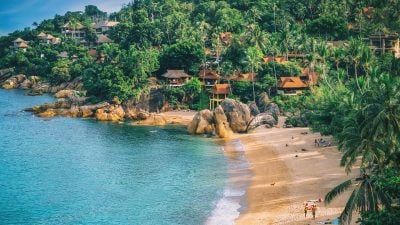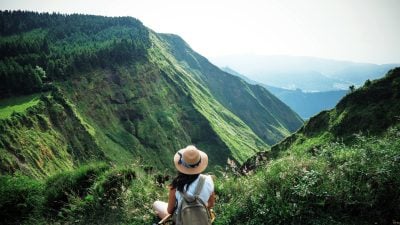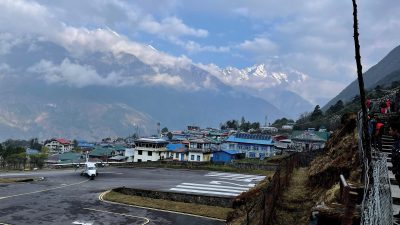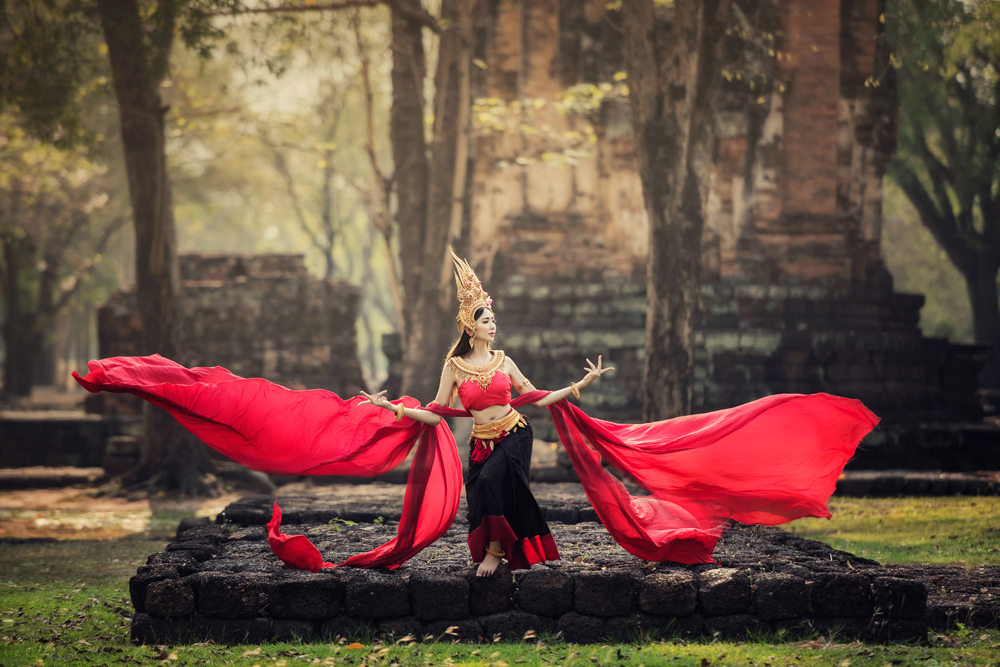
A Cambodia Vacation Has Many Reasons to Captivate Any Globetrotter
From ancient temples to beautiful beaches; from modern, vibrant cities to outstanding natural beauty, a trip to Cambodia offers many reasons to captivate any Globetrotter.
Sandwiched between Thailand, Vietnam, and Laos, this small but special country serves up fascinating history, diverse landscapes, interesting culture, amazing archaeological sites, excellent beaches, and friendly people. Let’s look more specifically on what’s offered on Cambodia tours.
Phnom Penh
Phnom Penh is more than likely where you will arrive in Cambodia. It is the capital and the country’s largest city. Situated on the banks of 3 rivers, it is the country’s commercial, economic, and political hub. When the French colonized Cambodia, the city was known as the “Pearl of Asia” from the 1920s to the 1970 s because it was considered one of the most beautiful cities of Indochina. Today, it is a vibrant and bustling metropolis. Here are some of the highlights you should see while on Cambodia tours.
The Royal Palace
The Royal Palace is a complex of buildings built in 1866 and which serve as the royal residence of the King of Cambodia. The public is allowed into a part of it which contains many interesting treasures. There are several areas that make up the palace. Only certain parts of these are open to the public. These include the Silver Pagoda which houses many national treasures such as gold and jewelled Buddha statues. One outstanding statue is a small crystal Buddha known as the Emerald Buddha. The Throne Hall is where the king’s generals and royal officials once carried out their duties. It is still in use today as a place for religious and royal ceremonies such as coronations and royal weddings. It contains three royal thrones (one is more western style and the other two, traditional) and golden busts of Cambodian kings and queens. The Moonlight Pavilion is an open-air pavilion that serves as a stage for performances of Khmer classical dance.

The National Museum
This museum is home to the world’s best collection of Khmer sculptures. The Khmer Empire, a very important and influential part of Cambodian history, existed from the 9th to the 15th century. The museum also contains displays of pottery and bronzes dating from the 4th to 14th centuries as well as more recent works including a beautiful wooden royal barge. Overall, the National Museum’s collection includes over 14,000 items ranging from prehistoric times to periods before, during and after the Khmer Empire.
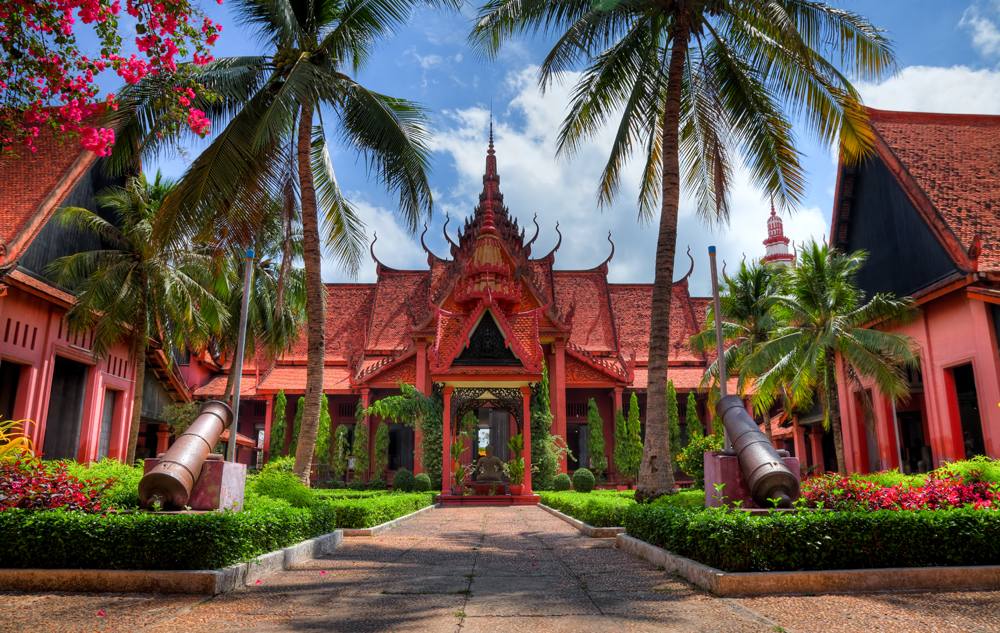
The Phnom Penh Markets
There are two markets which you can enjoy on a trip to Cambodia that will give you an insight into daily city life. The Russian Market (which has no Russian merchandise by the way) is the best place for foreigners to buy souvenirs. You can easily get lost in the warren of stalls. The merchandise being sold includes clothes, shoes, CDs, DVDs, and jewellery, as well as wood carvings, fabrics, and t-shirts. The Central Market is a place where you will find everything from jewellery to food plus electronics and watches. It is a fascinating market to simply wander around, but be prepared to negotiate as prices here are higher than they should be.

Tuol Sleng Prison Museum
I mentioned Cambodia has a fascinating history, which it does, but more recent history can be disturbing as well. This is the genocide museum where the infamous Khmer Rouge regime – during its rule of the country from 1975 to 1979 – turned this former school into a detention and interrogation centre. Thousands of Cambodians were ruthlessly imprisoned, tortured, and killed here. Of the 14,000 people known to have been incarcerated here, only a mere seven were found alive at the end. At any one time, 1500 people were held here. There are many rooms which show you how the prisoners were living, together with photographs and artefacts from the times. Additionally, documentary film screenings take place throughout the day. I can only describe this experience as educational, fascinating, and thought-provoking.
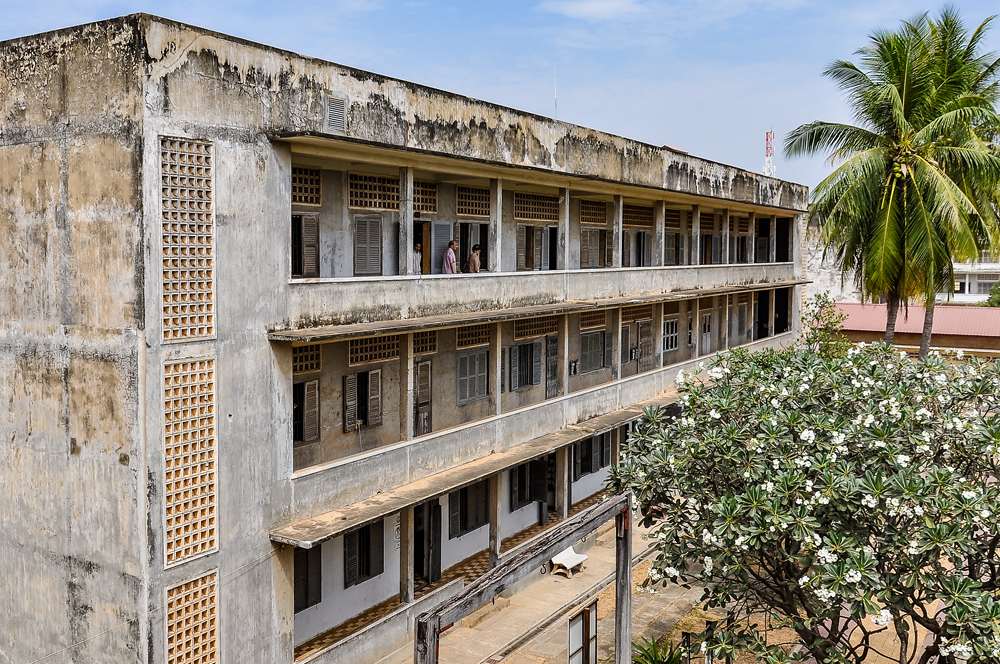
The Killing Fields
A visit here is the second chapter to the story of the Tuol Sleng Prison. The Killing Fields are located about half an hour outside Phnom Penh and are where you will see a number of sites where Cambodians were exterminated, many transported from the Tuol Sleng prison. It was also here that mass killings took place. The name was coined by a Cambodian journalist after his escape from the regime. 17,000 civilians were killed and buried here. There are a number of mass graves which can be viewed. 43 of the 129 communal graves here have been left untouched. There is also a building which contains thousands of skulls of the victims which were exhumed from the graves. Although an integral part of the country’s history, it should be noted that the Killing Fields, just like Tuol Sleng Prison Museum, can be a disturbing place to visit while on Cambodia tours.
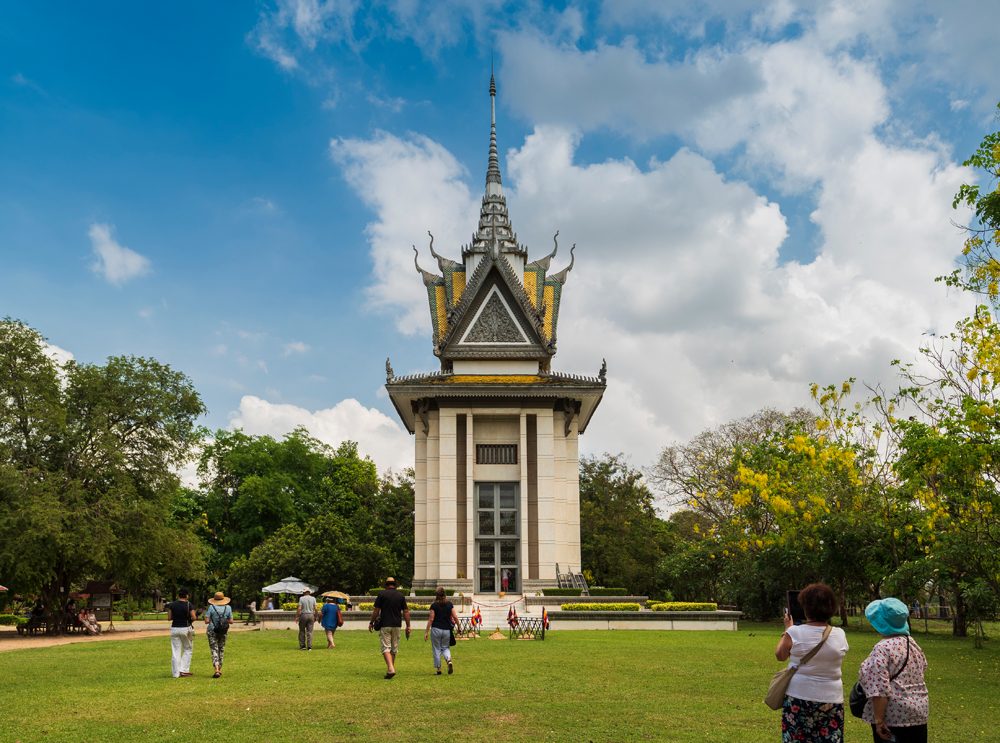
Angkor Wat
Angkor Wat is a “must include” in your Cambodia travel plans. First, it is a complex 5 kilometres/3.5 miles due north of the town of Siem Reap, where you would stay. Before giving an idea of what Angkor Wat is all about, it should be noted that this world-renowned archaeological site needs plenty of time to really explore on Angkor Wat tours. If time is limited, you will need to choose which parts of the site you want to visit. Experts say you need 2 to 3 days to cover all aspects. That’s how large it is. Angkor Wat literally means “City of Temples” and is a UNESCO World Heritage Site. I am always surprised that Angkor Wat is not included on any lists of the Seven Wonders of the World (ancient or modern) for as I see it, it is just as important as Machu Picchu in Peru, Petra in Jordan, and the Great Wall of China. It is actually the largest religious monument in the world. Along with being a temple complex, Angkor Wat was an ancient city as well as the centre of the Khmer civilization which once ruled South East Asia from the 9th to the 13th century. The Khmer civilization eventually became extinct and, although the temple complex was known to exist, it wasn’t until 1860 that a French explorer rediscovered it. The jungle had overgrown most of the complex, but over time the growth has been cut away, revealing what we now see today.

When you arrive at the entrance gates to Angkor Wat, you will immediately be struck by the immense size and grandeur of the main temple (also called Angkor Wat)! This temple was considered to be the largest Asian structure at the time. Around the outside of the temple is a series of intricate and fascinating bas-reliefs or carvings depicting historical events and stories from mythology. The Gallery of a Thousand Buddhas used to consist of hundreds of Buddha images, but many have been removed or stolen with just a few remaining.
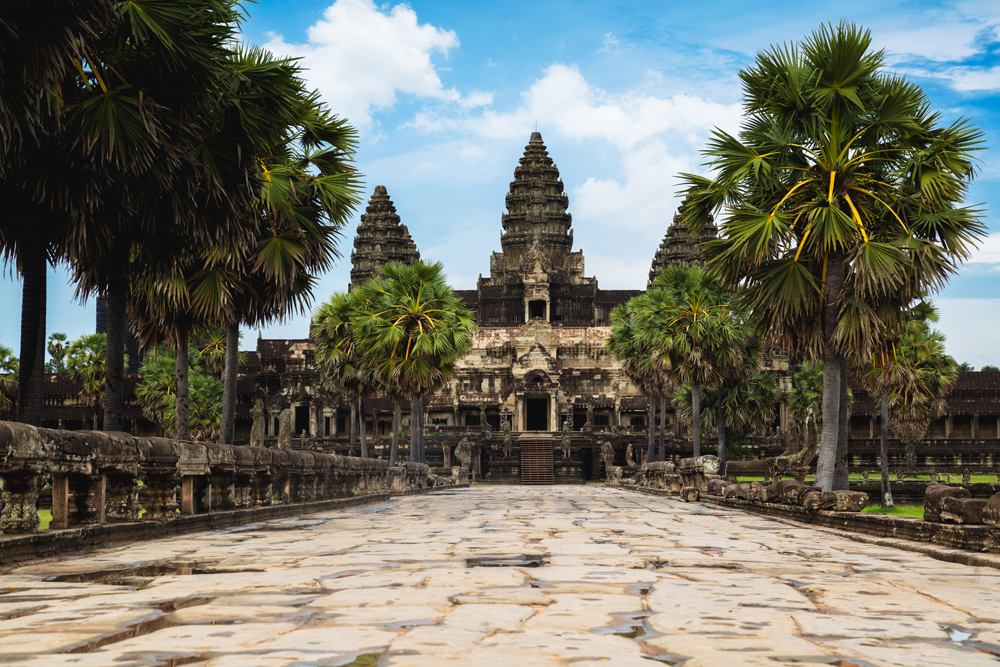
Another important area is Angkor Thom, which means “Big Angkor” and was a royal city complete with moat and surrounding walls and was the last capital of the Khmer Empire. It includes the Bayon Temple and the Terraces of the Elephants and Leper King. The Bayon Temple is a distinctively carved edifice known for its many massive stone faces carved on its 54 towers. The outside wall features a series of a mind-boggling 11,000 bas-reliefs depicting historical events and scenes from the everyday life of the Khmers. The Terrace of Elephants was used as a viewing stand during public and royal ceremonies. It is decorated with many almost life-size elephants, hence the name, but the middle section is decorated with a number of lions. The Terrace of the Leper King, according to legend, was named after a Khmer king who had leprosy. Another legend has it that the naked statue on the terrace is that of the king of the underworld.

Ta Prohm is another temple complex that fascinates many people on Cambodia tours because it is still, for the most part, covered in jungle vines which envelop the buildings. It is not in the best state of preservation but gives an excellent idea as to how everything must have looked before the jungle vines were cut away elsewhere.
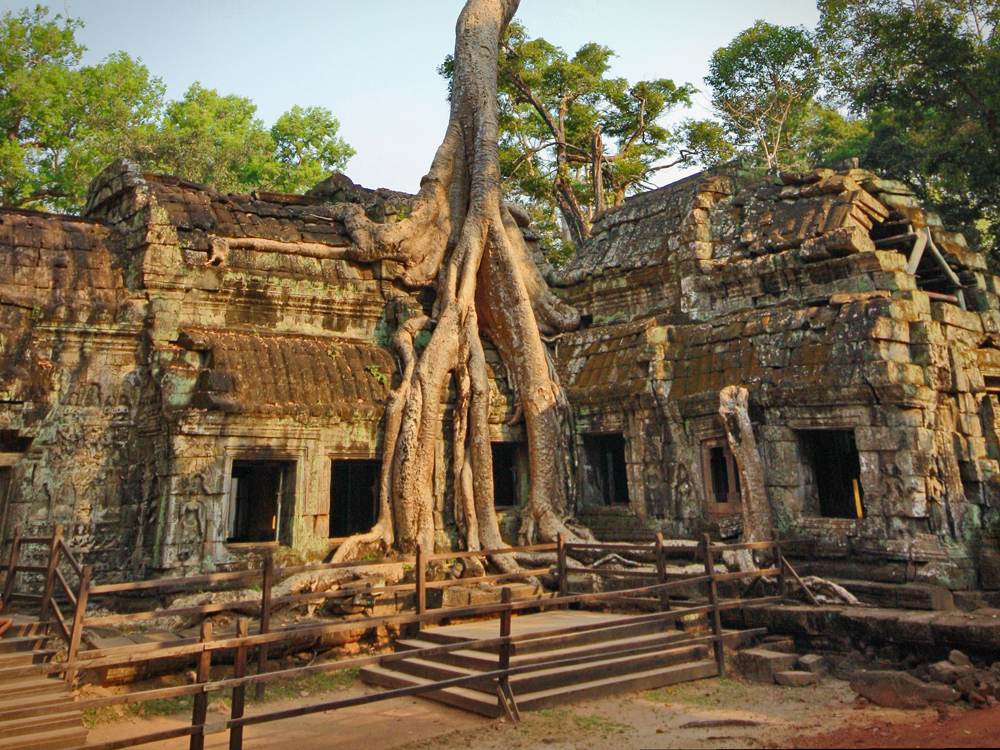
Banteay Srei is one of the major temples but happens to be located some distance from the centre of activities. The name means “Citadel of the Women” because of the delicacy of the pink stone carvings indicating that the work was done by women, but who knows. It consists of a temple with three towers with carvings of both male and female figures and highly ornamentally-decorated libraries.

Preah Khan is one of the largest sites of the Angkor Wat complex and means “Royal Sword.” It was an important temple but was also used as a Buddhist university. What is interesting is that it has not been totally restored, with many trees and vines growing up around the ruins. The outer wall of the temple has a series of Garudas (mythical birds).
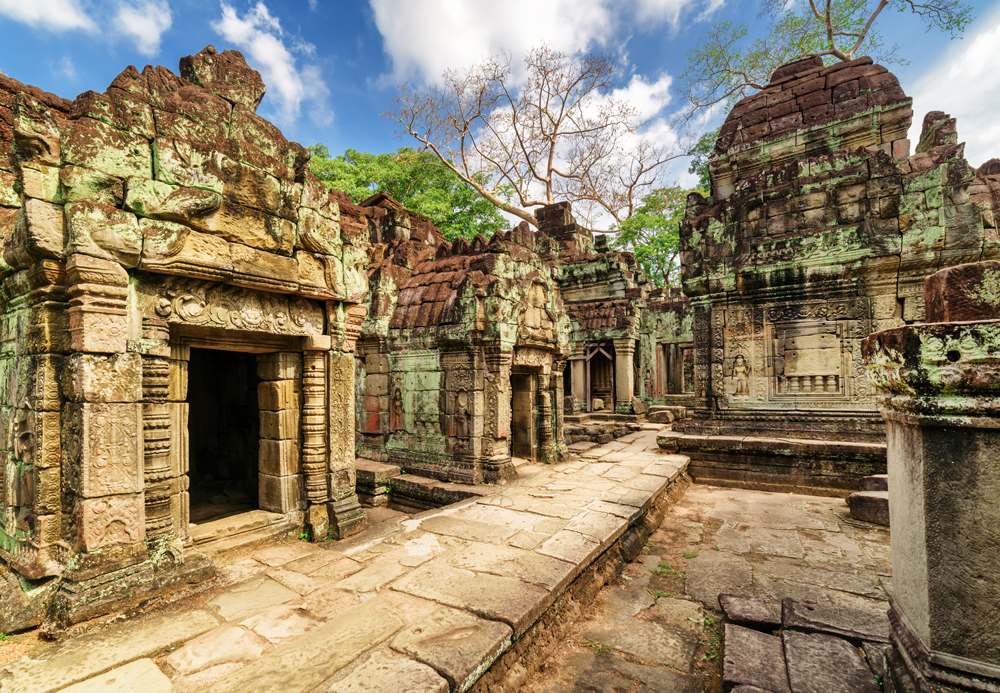
Battambang
Battambang is Cambodia’s second largest city, one which will be found interesting on Cambodian tours. French Colonial architecture is a notable aspect of the city, with some of the best-preserved examples in the country. It has a number of boutique hotels and cafes, and the lush surrounding countryside is ideal for excursions such as to Kamping Puoy Lake, which is sandwiched between two mountains, and numerous temples.
Tonle Sap Lake
This lake is the largest lake in South East Asia and changes in size and dimension every wet season. During this season, the water of the Mekong River becomes so powerful, that it reverses the flow of the Tonle Sap River and pushes the surplus of rainwater back into the Tonle Sap Lake. This transforms the lake into a huge natural water reservoir. With the continuous change of water level, the people who live on the lake have to move their houses away when the water level goes down. Whole villages including schools, shops, churches, and pig farms are getting pulled away to a place where the water is still high enough to float. On Cambodia tours, a cruise on the lake to see the daily life of the inhabitants will take you past villages with floating houses and boats which women paddle that are laden with fruit, flowers, and other produce.
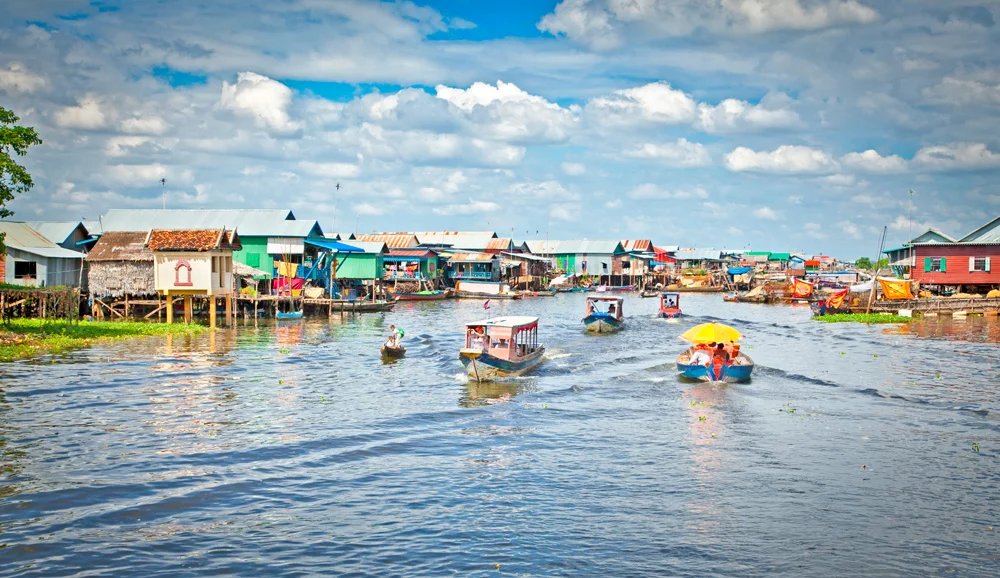
Cambodia’s Beach Resorts
Sihanoukville
This seaside resort and port town is around four hours by car from Phnom Penh. Its beaches make a great spot for relaxation and for water sports. There are several decent hotels to choose from, each with their own private beach. The main reason to visit Sihanoukville is the beaches. They are not as crowded as many of those in Thailand. Ochheuteal Beach is the most developed tourist beach in Sihanoukville, popular with western tourists and locals. There are numerous hotels, guest houses, and restaurants. Its growing nightlife makes it one of the party beaches of South East Asia.
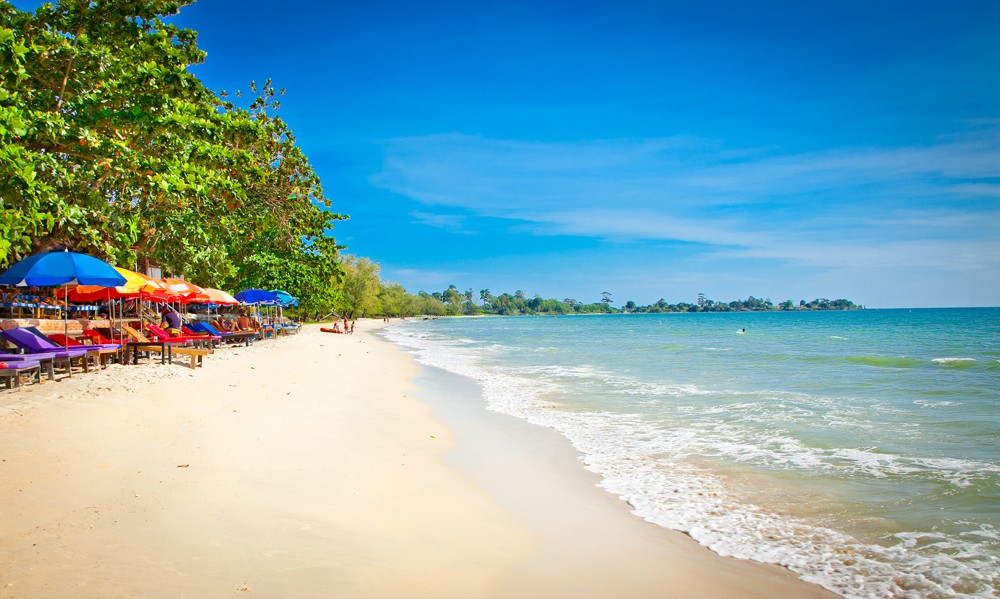
Koh Rong Island
This is Cambodia’s largest and most developed island which has 28 beaches. Long Beach (also referred to as Sok San Beach) is undoubtedly one of the best with a 7 kilometre/4 mile stretch of pure white sand accompanied by clear blue waters. It is a tropical paradise and caters more to the upscale market.

Koh Ta Kiev Island
This island is just off the coast of Cambodia, and although there is some development, it retains its natural charm. There are several beaches to choose from on Koh Ta Kiev, with one of the most scenic being Coral Beach, which offers good accommodation. It is the ideal place to relax and unwind when you want to get away from it all.
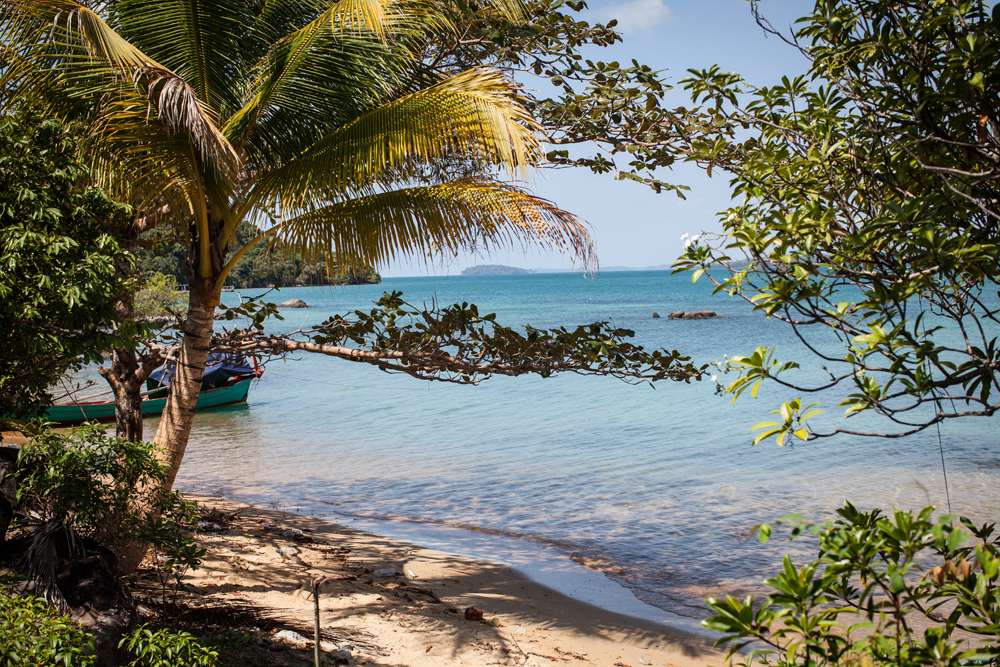
Get more travel inspiration by email.
Subscribe
0 Comments

Get the latest travel trends & hear about the best deals on vacations around the world.
If you’re a Globetrotter, these are the newsletters for you!
